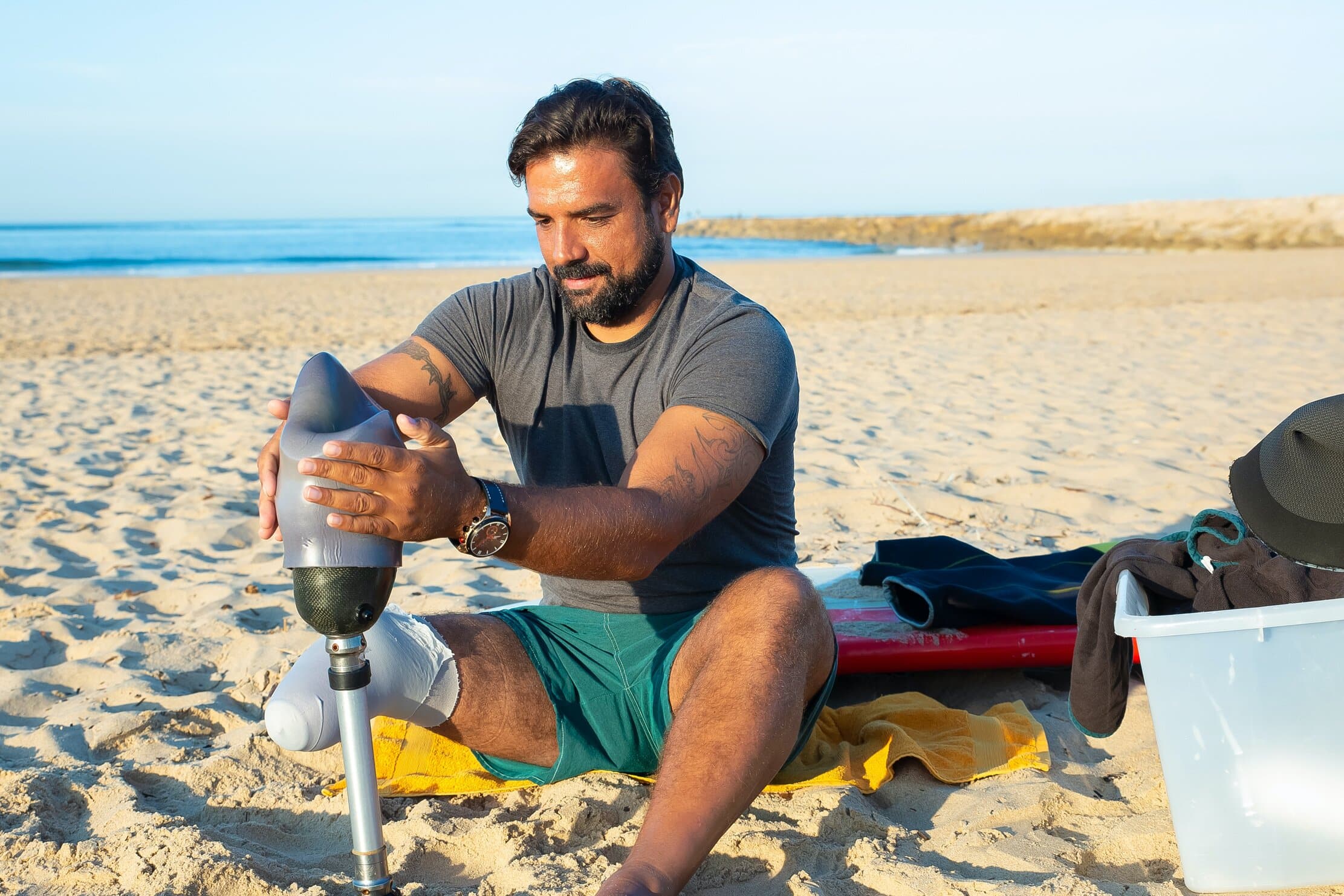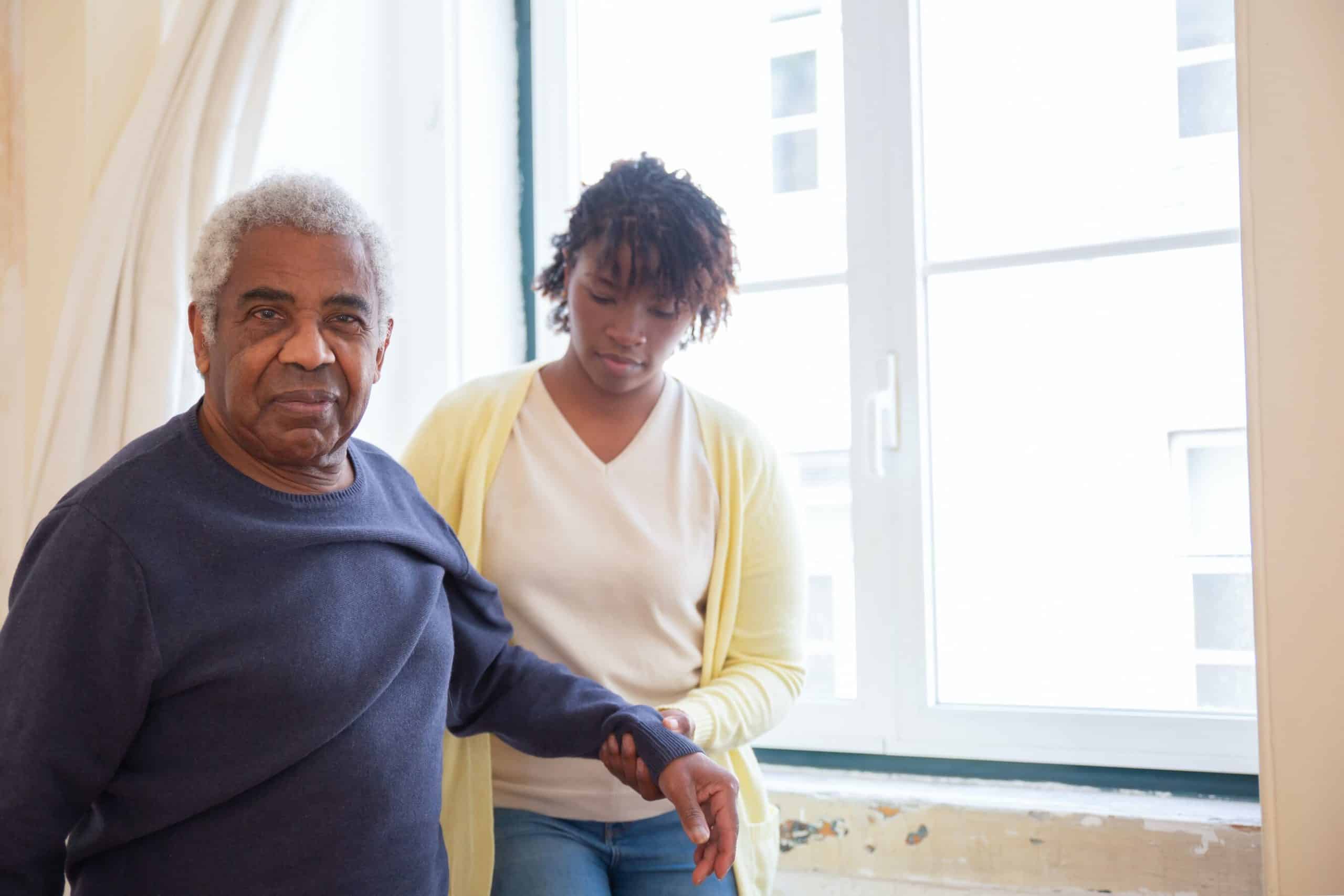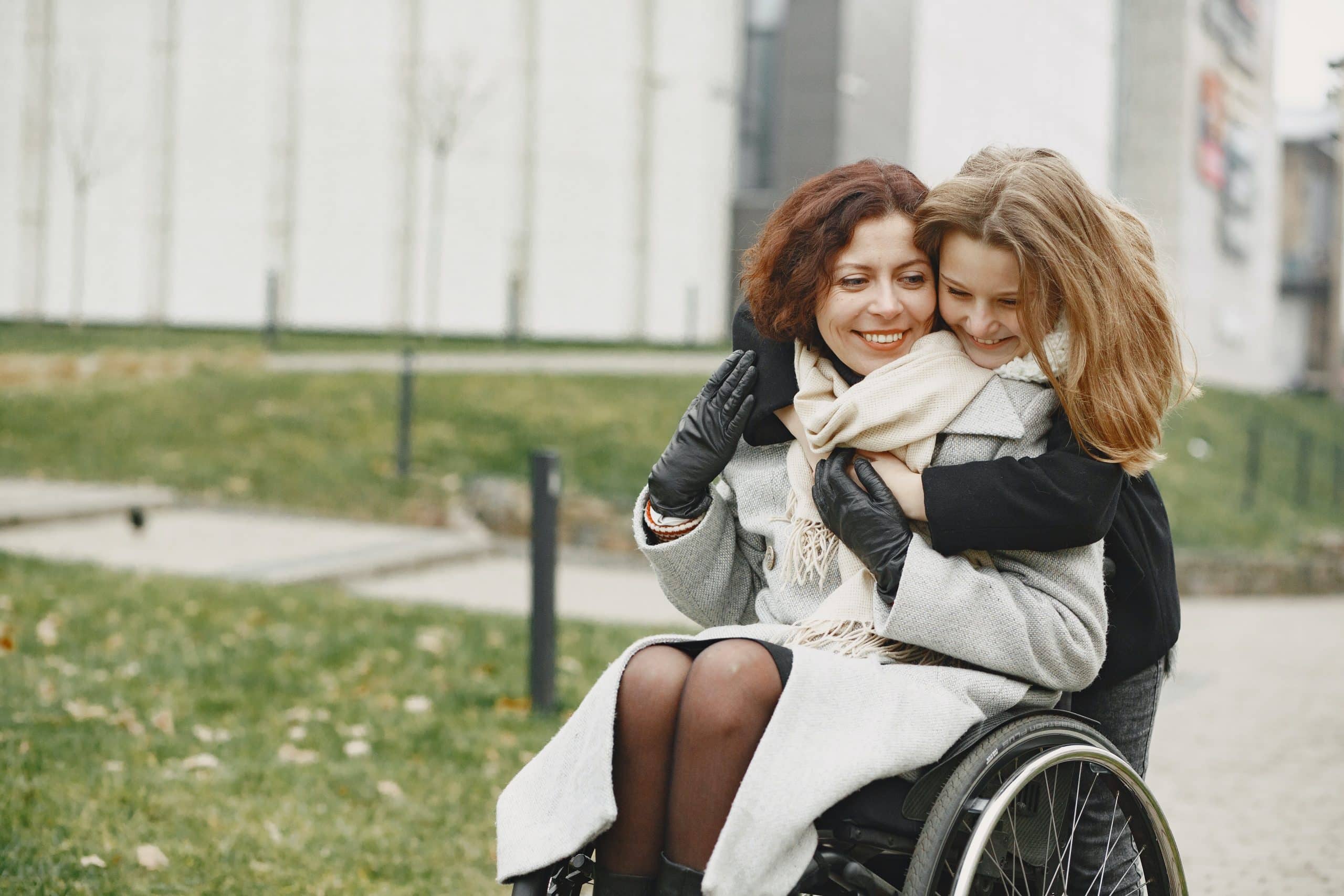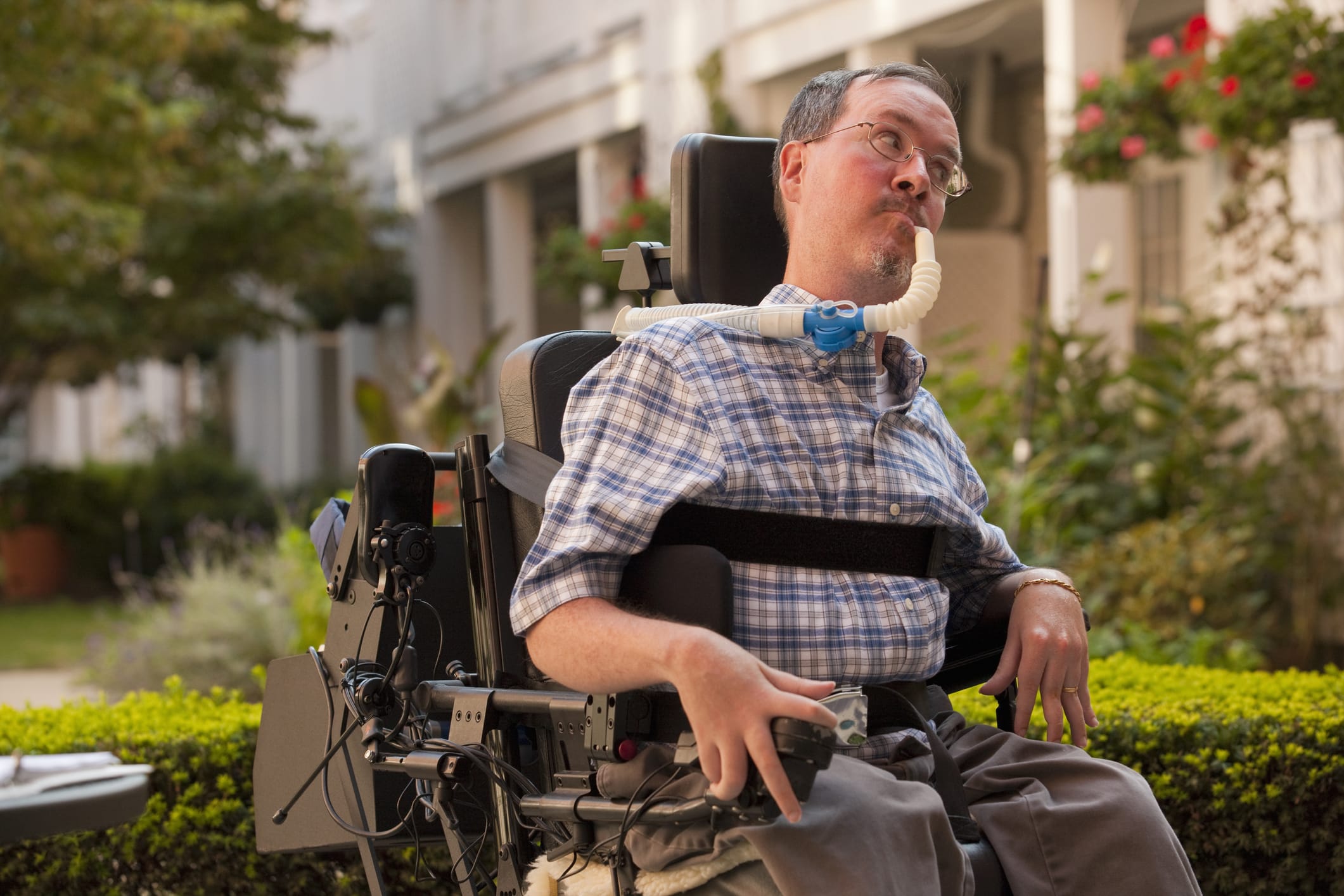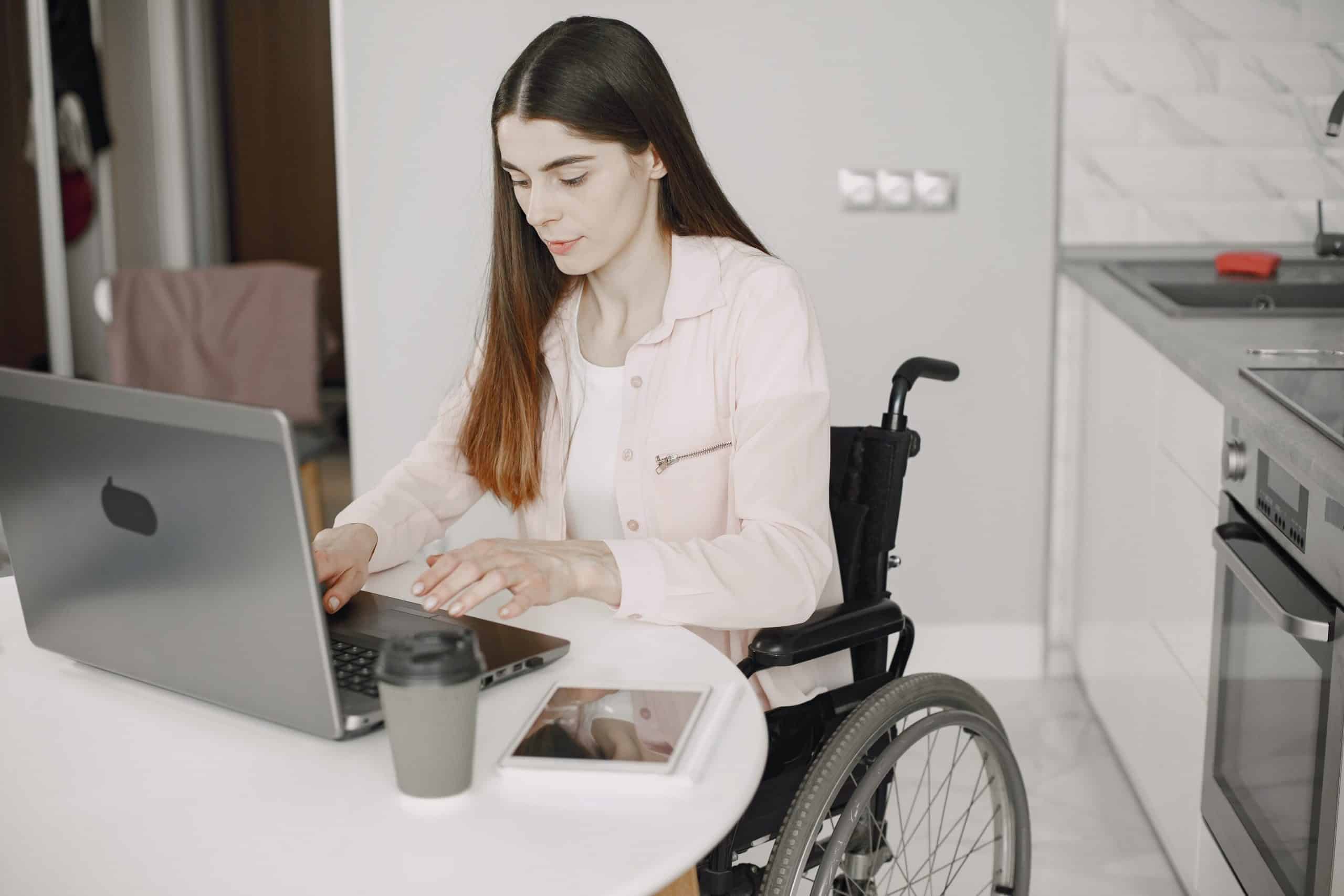The 5 Stages of Parkinson’s Disease
Parkinson’s disease (Parkinsonism) is marked by the presence of certain recognisable symptoms. These include uncontrollable shaking or tremors, lack of coordination, and speaking difficulties. However, symptoms vary and may worsen as the disease progresses.
The main symptoms of Parkinson’s include:
- uncontrollable shaking and tremors
- slowed movement (bradykinesia)
- balance difficulties and eventual problems standing up
- stiffness in limbs
Many doctors who diagnose this brain disorder rely on the Hoehn and Yahr rating scale to classify the severity of symptoms. The scale is broken into five stages based on disease progression. The five stages help doctors evaluate how far the disease has advanced.
Stage 1
Stage 1 is the mildest form of Parkinson’s. At this stage, there may be symptoms, but they’re not severe enough to interfere with daily tasks and overall lifestyle. In fact, the symptoms are so minimal at this stage that they’re often missed. But family and friends may notice changes in your posture, walk, or facial expressions.
A distinct symptom of stage 1 Parkinson’s is that tremors and other difficulties in the movement are generally exclusive to one side of the body. Prescribed medications can work effectively to minimize and reduce symptoms at this stage.
Stage 2
Stage 2 is considered a moderate form of Parkinson’s, and the symptoms are much more noticeable than those experienced in stage 1. Stiffness, tremors, and trembling may be more noticeable, and changes in facial expressions can occur.
While muscle stiffness prolongs task completion, stage 2 does not impair balance. Difficulties walking may develop or increase, and the person’s posture may start to change.
People at this stage feel symptoms on both sides of the body (though one side may only be minimally affected) and sometimes experience speech difficulties.
The majority of people with stage 2 Parkinson’s can still live alone, though they may find that some tasks take longer to complete. The progression from stage 1 to stage 2 can take months or even years. And there is no way to predict individual progression.
Stage 3
Stage 3 is the middle stage in Parkinson’s, and it marks a major turning point in the progression of the disease. Many of the symptoms are the same as those in stage 2. However, you’re now more likely to experience loss of balance and decreased reflexes. Your movements become slower overall. This is why falls become more common in stage 3.
Parkinson’s significantly affects daily tasks at this stage, but people are still able to complete them. Medication combined with occupational therapy may help decrease symptoms.
Stage 4
Independence separates people with stage 3 Parkinson’s from those with stage 4. During stage 4, it’s possible to stand without assistance. However, movement may require a walker or other type of assistive device.
Many people are unable to live alone at this stage of Parkinson’s because of significant decreases in movement and reaction times. Living alone at stage 4 or later may make many daily tasks impossible, and it can be dangerous.
Stage 5
Stage 5 is the most advanced stage of Parkinson’s disease. Advanced stiffness in the legs can also cause freezing upon standing, making it impossible to stand or walk. People in this stage require wheelchairs, and they’re often unable to stand on their own without falling. Around-the-clock assistance is required to prevent falls.
Up to
Stage 4
Independence separates people with stage 3 Parkinson’s from those with stage 4. During stage 4, it’s possible to stand without assistance. However, movement may require a walker or other type of assistive device.
Many people are unable to live alone at this stage of Parkinson’s because of significant decreases in movement and reaction times. Living alone at stage 4 or later may make many daily tasks impossible, and it can be dangerous.
Quick Contacts
Mobile
01932881849
Contact Form
Referral Forms
Self-Pay
Carers
Free Funding
BSL Referral
Organisations
NHS Referral
Click; Quick Contacts
Mobile
01932881849
Contact Form
Click; Referral Forms
Self-Pay
Carers
Free Funding
BSL Referral
Organisation Referrals
Organisations
NHS Referral
Quick Contacts
Contact Form
Click for Referrals
Professional Referrals










